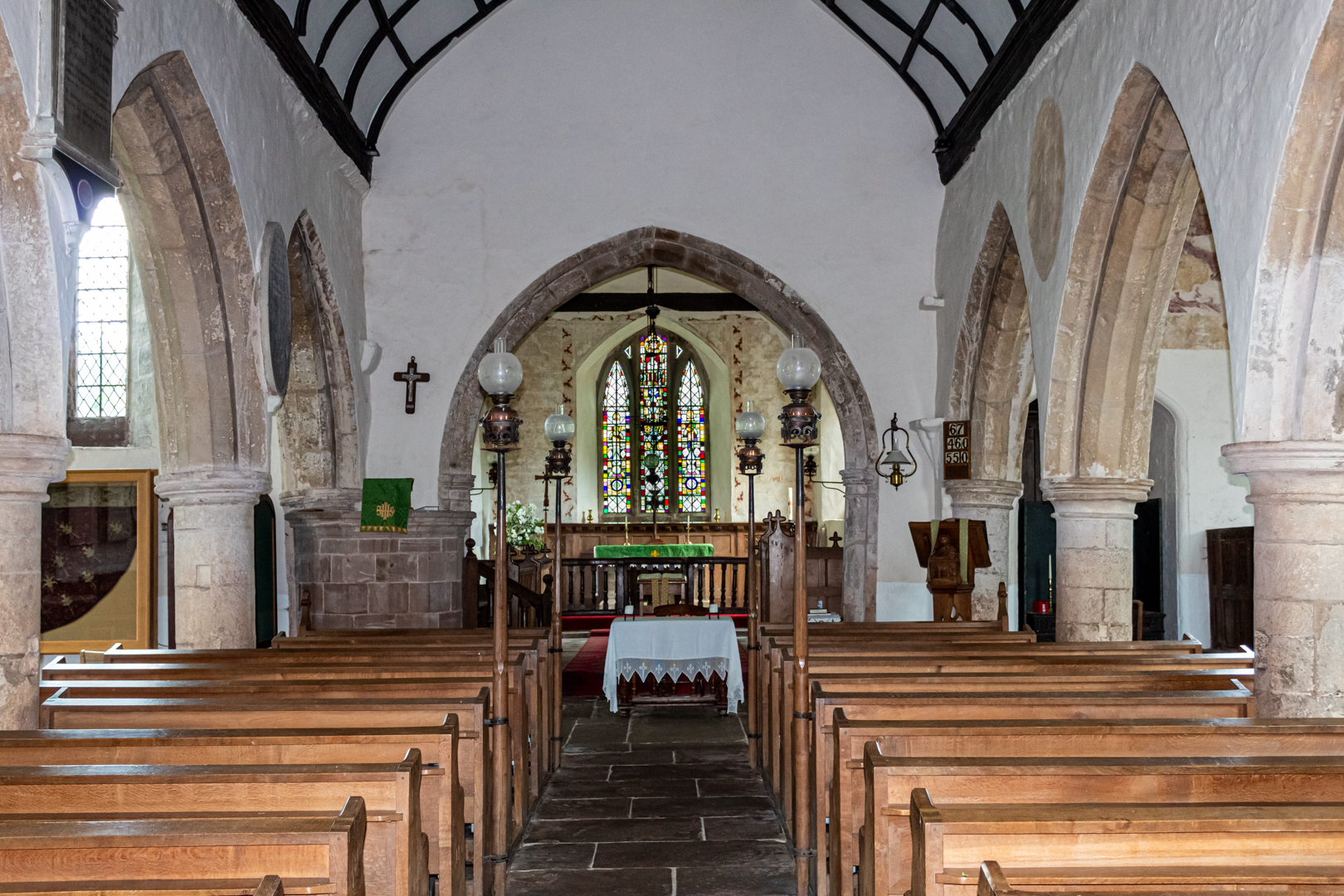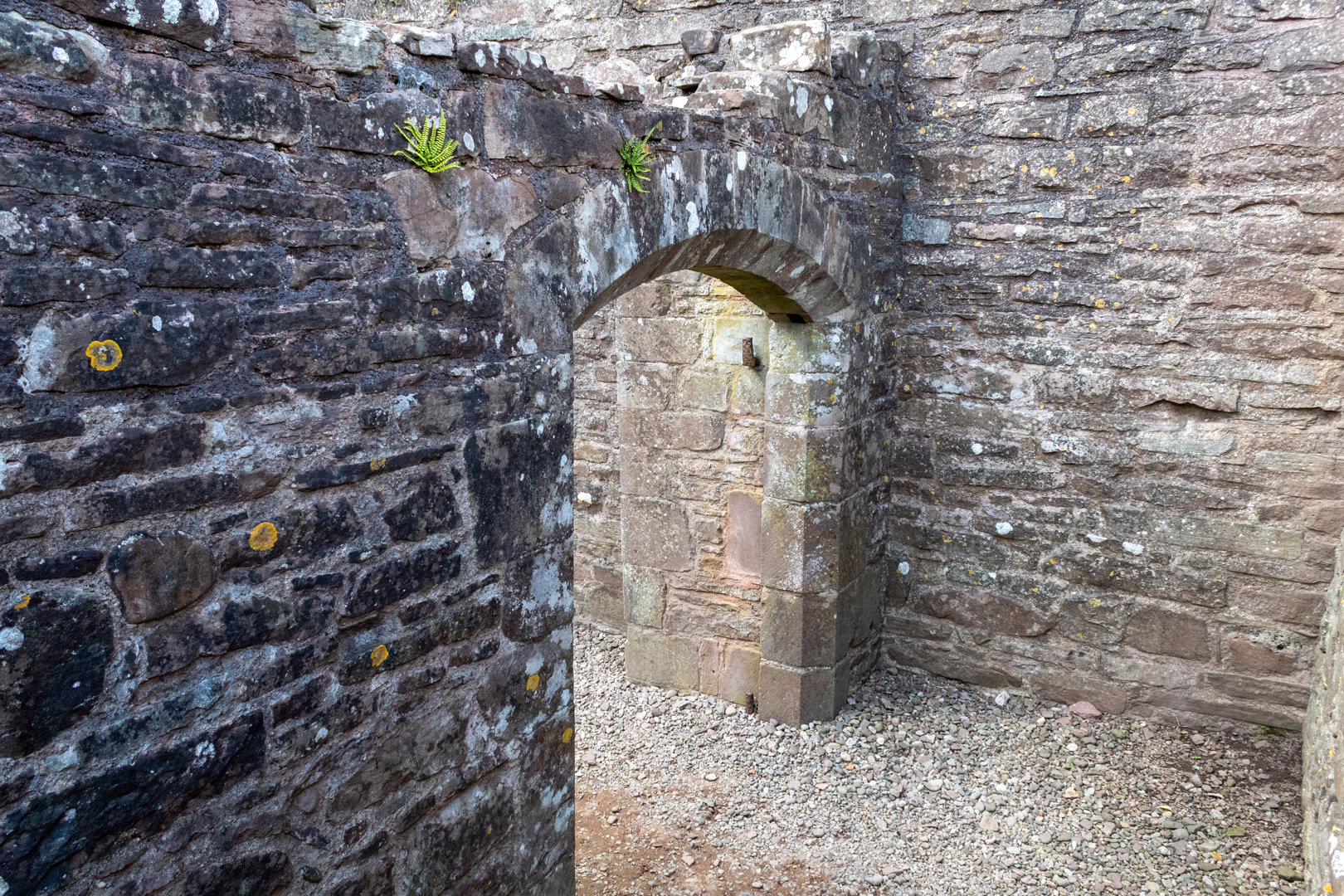St Bridget's Church, Skenfrith was consecrated in 1207 and is
one of the oldest churches in continuous use in Wales.
Visit Date August 2023
It has been restored on at least two occasions the first in 1896 and then again in 1910
The church is medieval in origin, with the earliest parts believed to date from the reign of King John (1166–1216). It has been extended firstly in the fourteenth and once again in the sixteenth century.
The interior contains the chest tomb of John Morgan, who died in 1557, who was a Member of Parliament for the Monmouth Boroughs, Steward of the Duchy of Lancaster and last Governor of the Three Castles, of Skenfrith, Grosmont and White Castle.
The font is inscribed on its east side with the date 1661 but this date is of the re-erection but is much older than this.
The font can be locked this was to prevent the common practice in days gone by of stealing the water and used in casting spells.
The lectern was commissioned in 1909 and is by the Arts and Crafts designer, George Jack, and incorporates a figure of St Bridget.
Visit Information: -
Google Reference: -
51.87906878835942, -2.7913557263133586
Google Search term:
St Bridget's Church, Skenfrith
What Three Words reference: -
///parked.sporting.help
OS Details: -
SO 45606 20341 : Altitude:141 ft
Additional information.
There is parking here (51.87809680428079, -2.790591909573205) for a a dozen cars or so and the place is easy to visit.
Off the B4347 from Monmouth and on to the B4521 takes you to Skenfrith.
There are no facilities at the site.
The site is popular in the summer months with locals sunbathing and swimming in the river.
A full list of blogs can be found at my website















